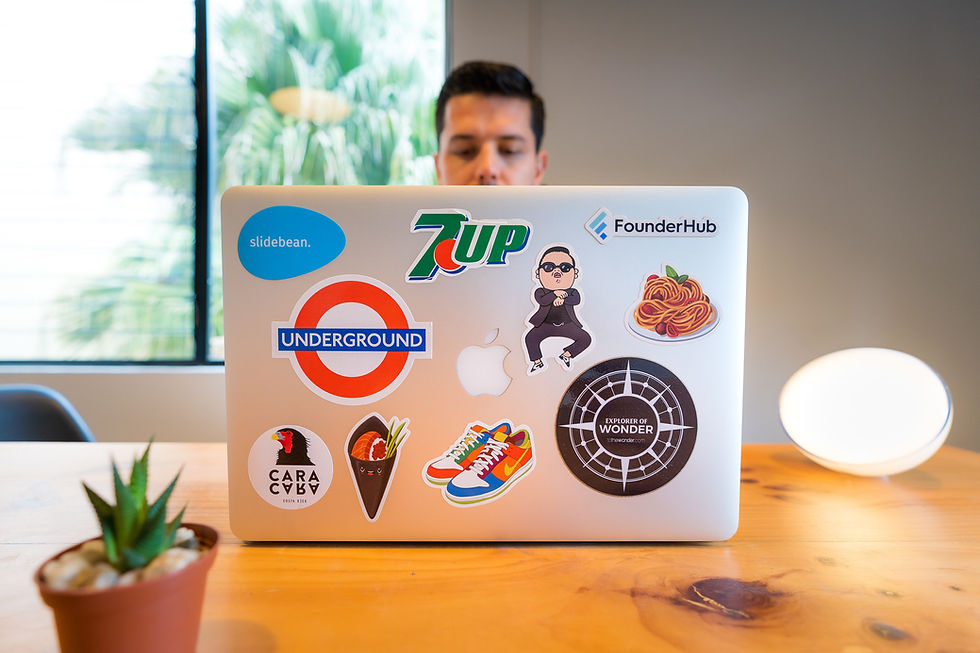Recognizable Logos: The Power of Branding
- ITK Magazine

- Mar 7, 2024
- 2 min read

The Historical Essence of Symbols
A logo…branding…having a symbol to define what you, your family, or your company stands for is not something new. Consider noble families' coats of arms and countries' flags - even ancient civilizations used unique carvings to differentiate themselves. It’s human nature to want to stand out from the crowd and represent what you stand for.
The Visual Language of Corporate Identity
Today, there’s an extensive library of easily recognizable company logos; we all know what they are and what they stand for just from their symbol, logotype, or a combination of both. From an early age and as we grow older, we’re bombarded with these brands. Even small children recognize the Nike tick, McDonald’s golden arches, and Amazon’s smile.
The Human Connection: Attributes of Branding
So, what makes a random symbol on a sign, shirt, or screen resonate? People give human-like characteristics to brands based on their understanding of a company’s values and behaviours. A logo is important to a brand; it visually embodies the culture and character of a company. It’s comparable to a person’s signature.
Strategic Significance: The Role of a Logo
The main focus of a logo is to ensure the brand it represents ‘remains at the forefront of the audience’s thoughts’ (Herskovits and Crystal, 2010, p.21).
Decoding Recognition: The Art and Science
The secret to what makes a logo recognizable is a lengthy and complicated subject. If you only take one thing away from this short article, it should be this: a logo needs to be powerful so that customers don’t just remember its shape but what it stands for, too. The most memorable logos remind consumers why your business exists.
Icons of Recognition
McDonald's has possibly one of the most recognizable logos in the world.

With Amazon's increasing success, its logo is becoming very iconic.

The Pitfall of Indistinctiveness
If your logo isn’t distinct, potential customers will struggle to differentiate your brand from your competitors. They’ll be more likely to confuse you with other providers of what you offer and spend their money with someone else.












